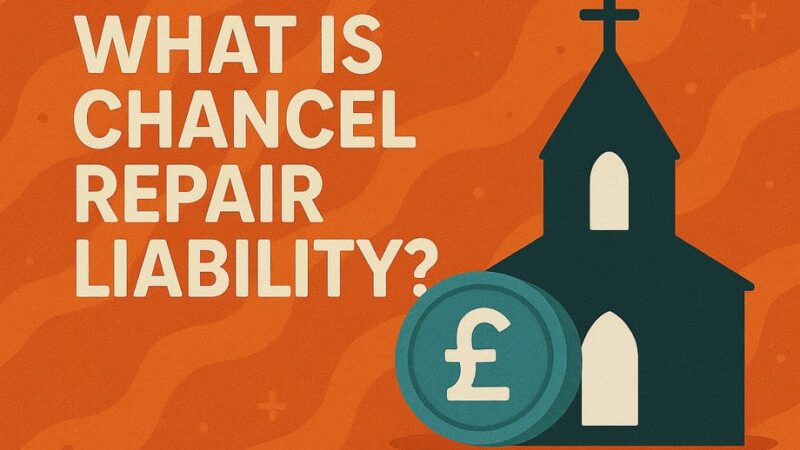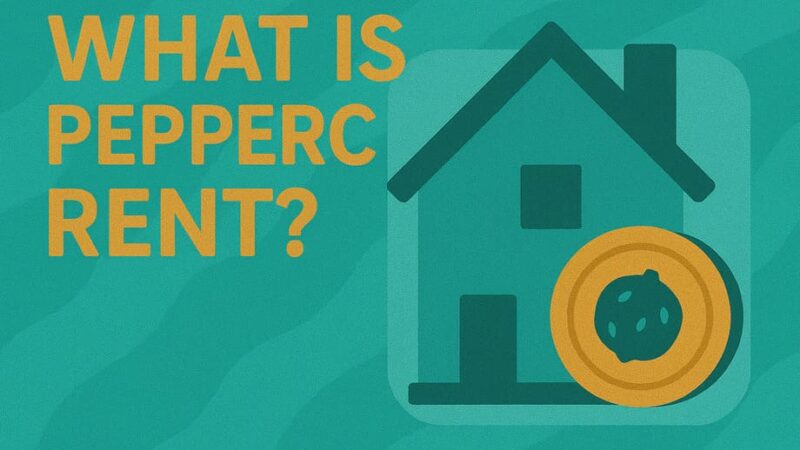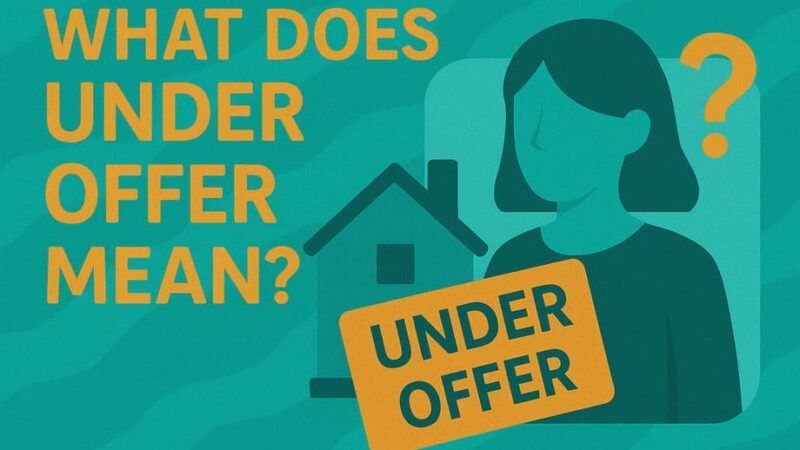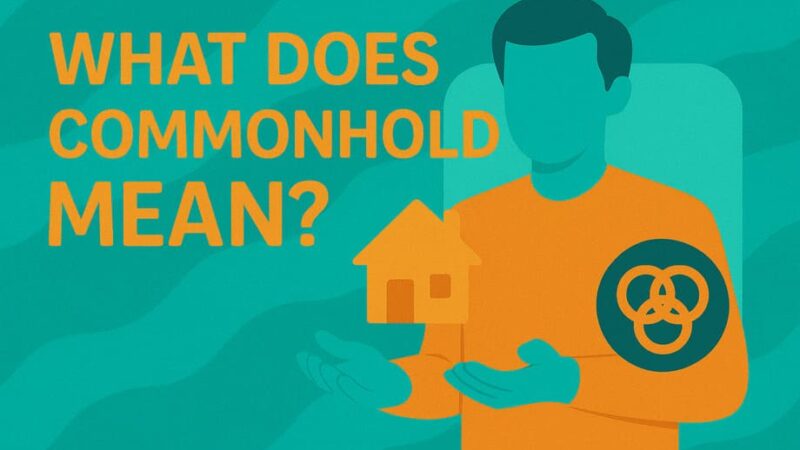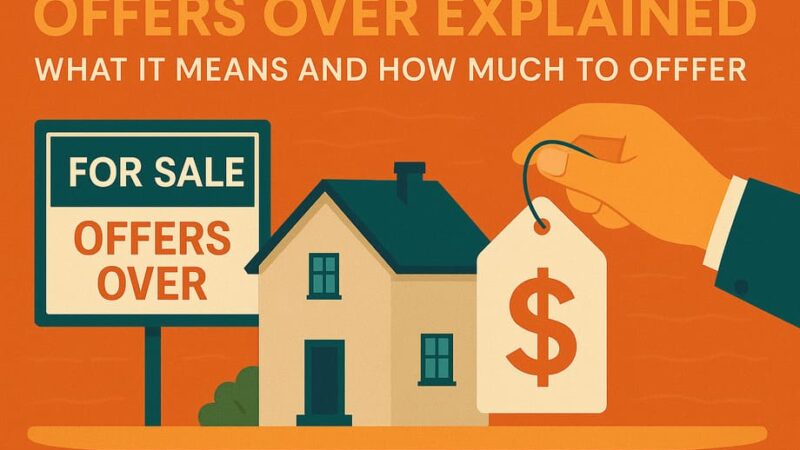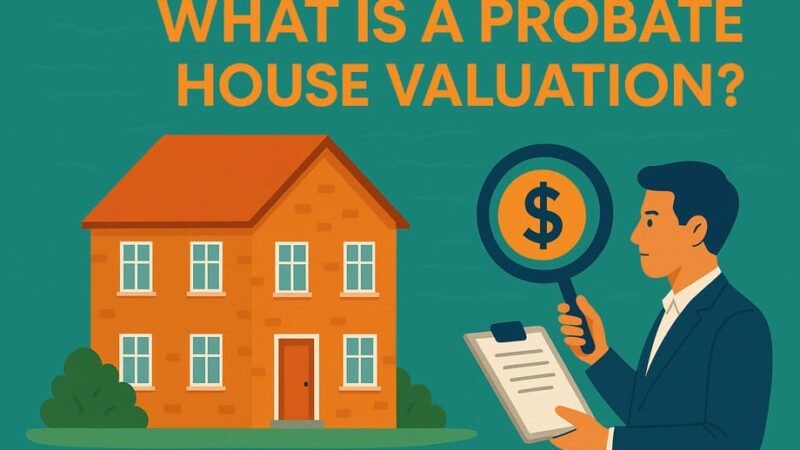What is Energy Performance Certificates EPC
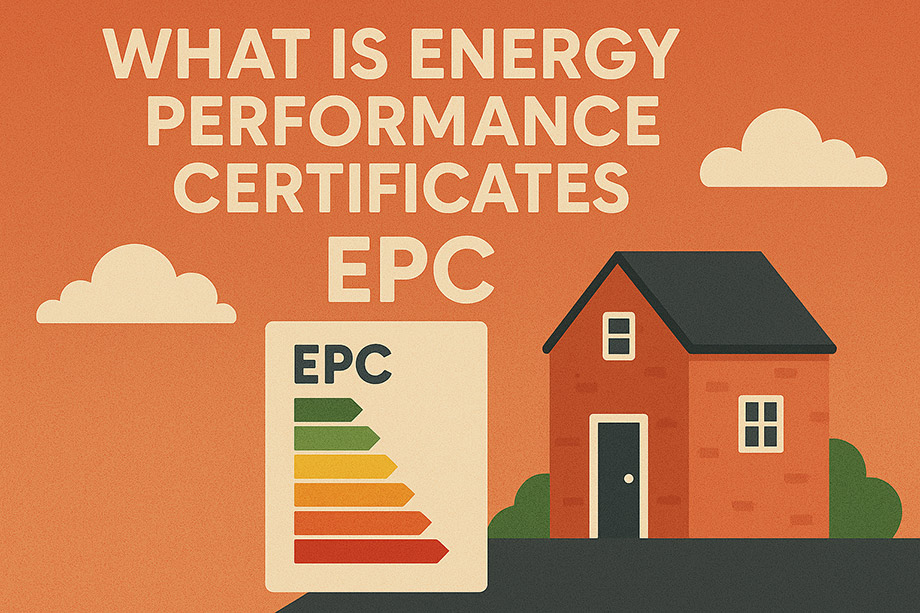
With energy costs continuing to rise and environmental concerns at the forefront of property decisions, understanding your home’s energy efficiency has never been more important. Enter the Energy Performance Certificate (EPC) – a document that could save you thousands of pounds and help reduce your carbon footprint.
What Exactly is an Energy Performance Certificate?
An Energy Performance Certificate is essentially your property’s energy report card. Think of it as similar to the colourful energy labels you see on household appliances, but for your entire home. The certificate provides a comprehensive assessment of how energy-efficient your property is, rating it on a scale from A (most efficient) to G (least efficient).
But an EPC goes beyond just giving you a letter grade. It provides detailed insights into your property’s current energy performance, estimates of running costs, and crucially, a roadmap for improvements that could transform your home’s efficiency and reduce your bills.
The EPC Rating System Explained
The EPC rating system uses both letters and numerical scores to provide a clear picture of your property’s energy performance:
| EPC Rating | Score Range | Efficiency Level | Description | Typical Property Type |
|---|---|---|---|---|
| A | 92-100 | Exceptional | Minimal energy waste, lowest running costs | New builds with renewable energy, passive houses |
| B | 81-91 | Very Efficient | Well-insulated with modern heating systems | New builds, recently renovated properties |
| C | 69-80 | Good | Above-average performance, reasonable costs | Modern homes, well-maintained properties |
| D | 55-68 | Average | UK average rating, moderate consumption | Typical UK housing stock |
| E | 39-54 | Below Average | Significant improvement potential | Older properties, minimal insulation |
| F | 21-38 | Poor | High energy costs, needs major improvements | Pre-1960s properties, poor maintenance |
| G | 1-20 | Very Poor | Highest running costs, urgent improvements needed | Very old properties, no insulation |
Understanding these ratings is crucial because they directly correlate with your energy bills. A property with an A rating could cost hundreds of pounds less to run annually compared to one with an F or G rating.
When Do You Need an EPC?
The legal requirements for EPCs are straightforward but important to understand:
| Situation | EPC Required? | Who Provides It? | Additional Notes |
|---|---|---|---|
| Selling Property | Yes – before marketing | Property owner | Must be available to buyers from day one |
| Renting Property | Yes – before lease signing | Landlord | Cannot rent below E rating without exemption |
| New Build | Yes – on completion | Builder/Developer | Required for occupation certificate |
| Commercial Property | Yes – when selling/renting | Property owner | Similar to residential but may vary |
| Major Renovations | Recommended | Property owner | Not legally required but advisable |
| Existing Ownership | No | N/A | Only needed when selling/renting |
What Does an EPC Assessment Involve?
When you book an EPC assessment, an accredited domestic energy assessor will visit your property to conduct a thorough evaluation. This isn’t a quick visual inspection – it’s a detailed analysis that typically takes 45-90 minutes depending on your property’s size and complexity.
The assessor will examine numerous aspects of your property, including:
Building Fabric: They’ll assess the insulation levels in your walls, roof, and floors, checking for thermal bridges and areas where heat might escape.
Windows and Doors: The type of glazing, frame materials, and overall condition of windows and doors are evaluated for their thermal performance.
Heating Systems: Your boiler, radiators, and heating controls are assessed for efficiency and age. The assessor will note the fuel type and system specifications.
Hot Water Systems: How your property heats water, including cylinder insulation and heating controls.
Lighting: The proportion of low-energy lighting throughout the property is recorded.
Renewable Energy: Any solar panels, heat pumps, or other renewable energy systems are factored into the assessment.
Ventilation: The assessor checks for adequate ventilation while considering heat loss.
Understanding Your EPC Report
Your EPC report contains several key sections that provide different types of valuable information:
Current and Potential Ratings: The report shows your property’s current energy efficiency rating and what it could potentially achieve with recommended improvements.
Estimated Energy Costs: This section provides an estimate of your annual heating, hot water, and lighting costs. These figures help you understand the financial implications of your property’s energy efficiency and allow you to compare different properties.
Environmental Impact: The report includes information about your property’s carbon dioxide emissions, helping you understand its environmental footprint.
Recommendations for Improvement: Perhaps the most valuable section, this provides a prioritised list of improvements you could make, including estimated costs and potential savings.
Making Sense of EPC Recommendations
The recommendations section is where your EPC becomes a practical tool for improving your home. The suggestions are typically ordered by cost-effectiveness, with the most beneficial improvements listed first.
| Improvement Type | Typical Cost Range | EPC Rating Impact | Annual Savings | Payback Period |
|---|---|---|---|---|
| LED Lighting | £50-£200 | +2-5 points | £30-£80 | 1-3 years |
| Loft Insulation | £300-£500 | +5-10 points | £150-£300 | 2-3 years |
| Cavity Wall Insulation | £500-£1,500 | +8-15 points | £200-£400 | 3-5 years |
| Double Glazing | £3,000-£8,000 | +3-8 points | £100-£250 | 12-20 years |
| New Boiler | £2,000-£4,000 | +5-12 points | £200-£500 | 4-8 years |
| Solar Panels | £4,000-£8,000 | +10-20 points | £300-£600 | 8-15 years |
| Heat Pump | £8,000-£15,000 | +15-25 points | £400-£800 | 10-20 years |
| Solid Wall Insulation | £8,000-£15,000 | +15-25 points | £500-£1,000 | 10-15 years |
The Financial Benefits of a Good EPC Rating
The financial implications of your EPC rating extend far beyond just lower energy bills, though these savings can be substantial. A home that scores highly on energy efficiency will lead to cheaper energy bills, but the benefits go deeper.
Properties with better EPC ratings often command higher market values and can be easier to sell or rent. As energy costs continue to rise and environmental awareness grows, buyers and tenants are increasingly prioritising energy-efficient properties.
Additionally, many government grants and schemes for energy efficiency improvements are tied to EPC ratings, making a good rating a gateway to financial support for further improvements.
How Long Does an EPC Last?
An EPC is valid for 10 years from the date of issue, regardless of how many times the property changes hands during that period. However, if you make significant energy efficiency improvements to your property, you might want to commission a new EPC to reflect these changes and potentially achieve a better rating.
Finding and Commissioning an EPC
Getting an EPC is straightforward. You can find accredited assessors through the government’s official register, and costs typically range from £60 to £120 depending on your property’s size and location.
It’s worth shopping around for quotes, but remember that the cheapest option isn’t always the best. A thorough, professional assessment will provide more accurate and useful recommendations for improving your property’s efficiency.
EPCs and the Future of Property
As the UK works towards its net-zero carbon targets, EPCs are becoming increasingly important. The government has indicated that minimum energy efficiency standards for rental properties may become more stringent, and similar requirements for owner-occupied properties are being considered.
This means that investing in your property’s energy efficiency now could protect you from future regulatory changes while providing immediate benefits in terms of comfort, running costs, and environmental impact.
Common EPC Myths Debunked
Myth: “EPCs are just a bureaucratic requirement with no real value.” Reality: EPCs provide valuable insights into your property’s running costs and improvement potential.
Myth: “Achieving a higher EPC rating is always expensive.” Reality: Many improvements, such as LED lighting and basic insulation, are relatively affordable and can significantly improve your rating.
Myth: “Old properties can’t achieve good EPC ratings.” Reality: While older properties face more challenges, many can achieve B or C ratings with appropriate improvements.
Taking Action on Your EPC
Your EPC shouldn’t just sit in a drawer – it’s a practical tool for improving your home’s efficiency, reducing your bills, and increasing your property’s value. Start with the most cost-effective recommendations and work your way through the list as budget allows.
Consider seeking additional advice from energy efficiency specialists who can provide more detailed guidance on implementing the recommendations in your specific property.
The Bottom Line
Energy Performance Certificates are more than just a legal requirement – they’re a valuable resource for understanding and improving your property’s energy efficiency. Whether you’re buying, selling, or simply want to reduce your energy bills, understanding your EPC can help you make informed decisions that benefit both your wallet and the environment.
As energy costs continue to rise and environmental concerns grow, the importance of EPCs will only increase. Taking action now to improve your property’s energy efficiency isn’t just an investment in your home – it’s an investment in your financial future and our shared environmental future.
Last Updated on July 21, 2025 by James Cartwright


